Introduction:
Miyadaiku is an ancient form of Japanese carpentry which aims to build structures without the use of fasteners of any kind: screws, glue, nails, etc. This is possible by strategically forming interfacing geometrical features between two parts. These can be in the form of a peg/hole, interlocking slots, opposing angles and more. This form of construction and it’s accompanying architecture is simple and elegant yet also extremely intricit as these structures must be specifically thought out and placed together like a puzzle. This form of carpentry was widely use in Japan for shrines and temples with an estimated 150,000 unique structures having been built and maintained in the country. The first building which used Miyadaiku was the Shitennoji Temple, which also happened to be the first Buddhist temple in Japan, built 1400 years ago.
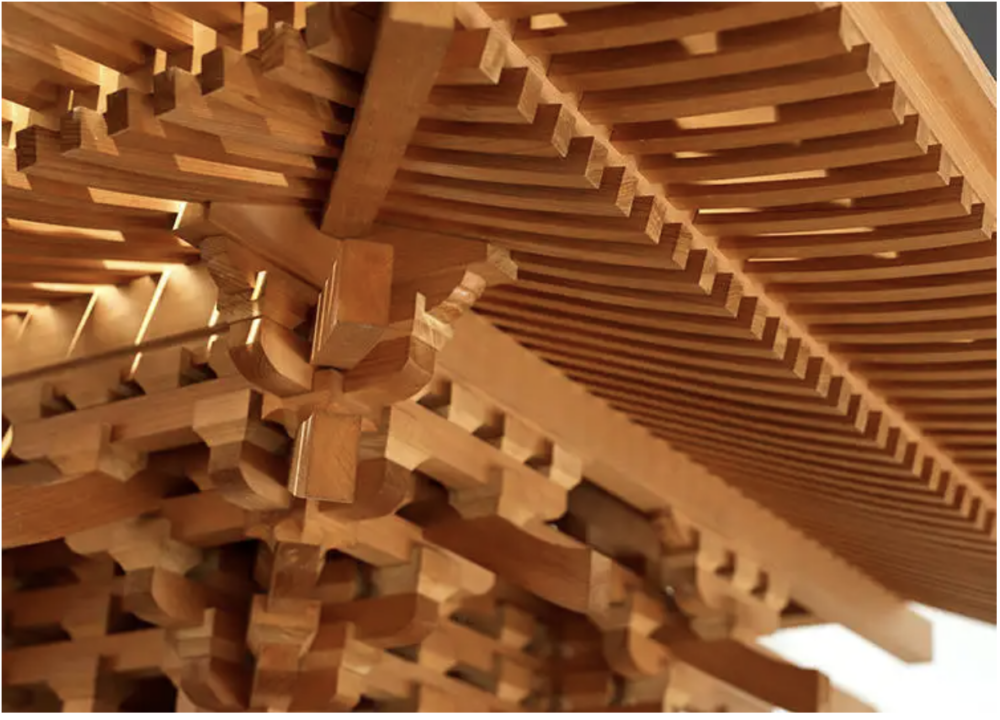
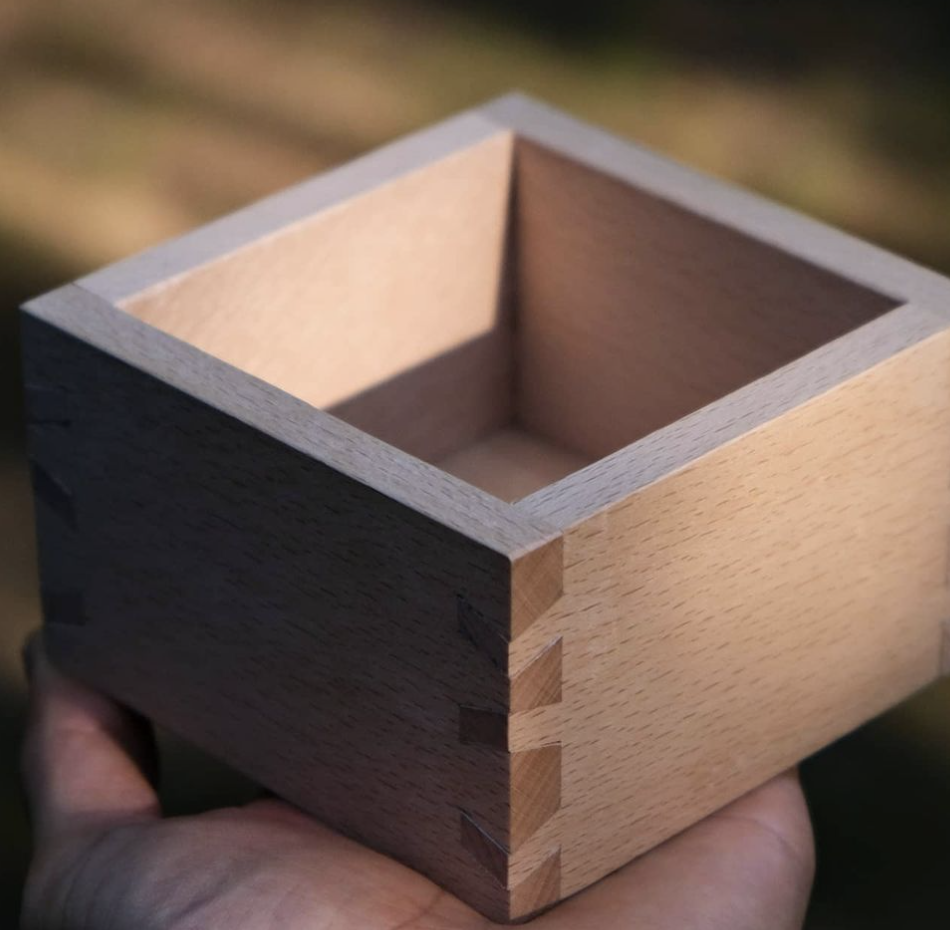
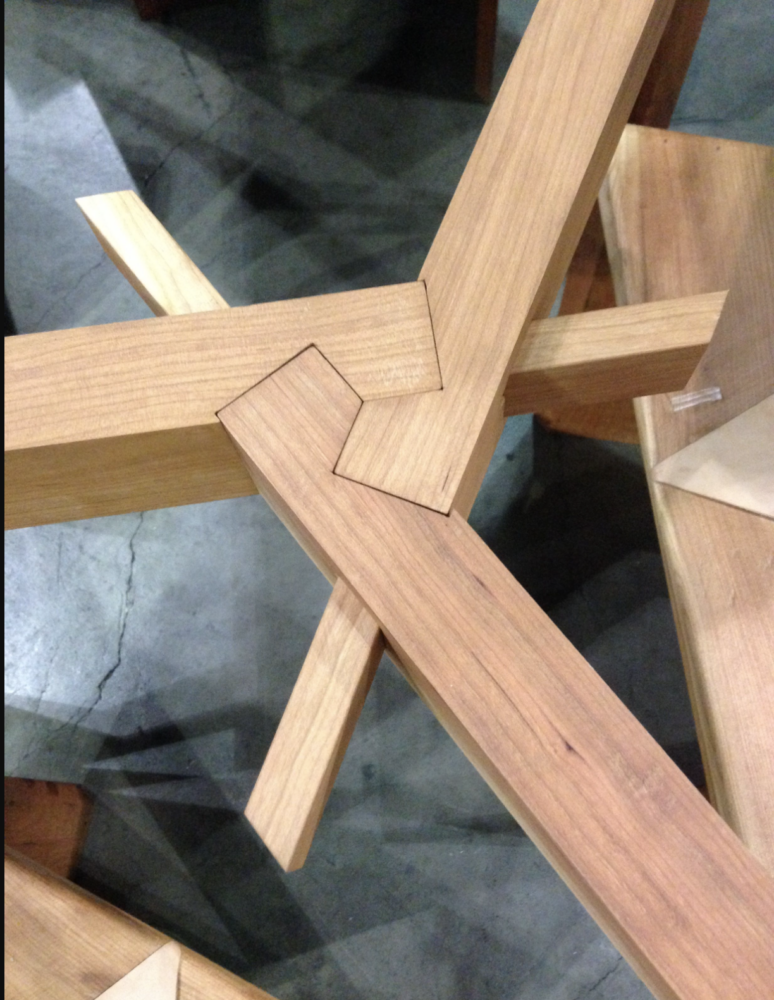
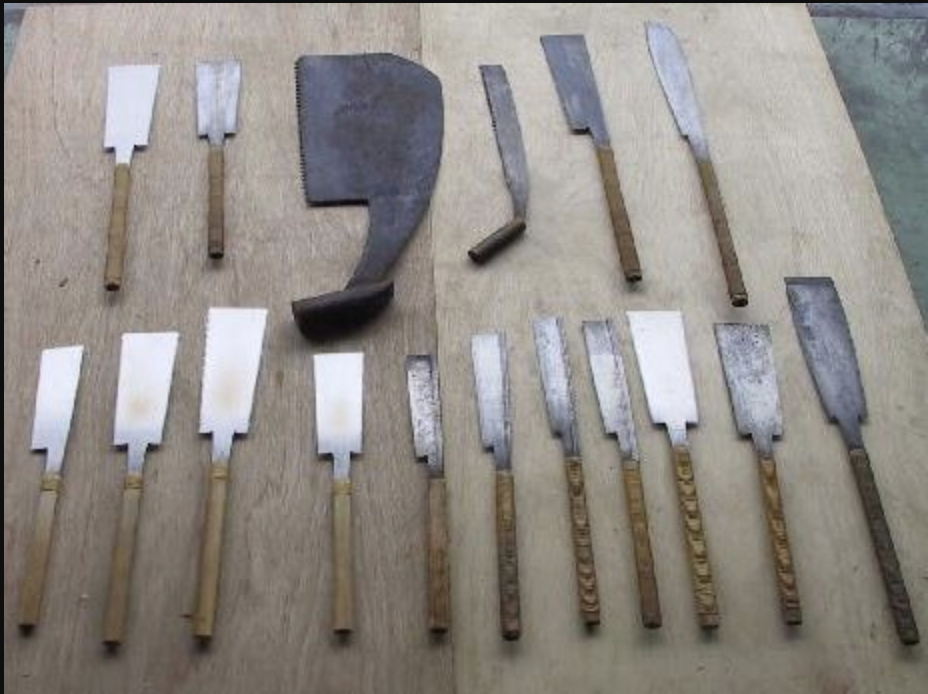
Why:
I am curious about this form of carpentry and the aesthetic it brings for its puzzle like nature which intrigues my engineering side. While I know that this construction style requires both hight skill and precision, I am excited to test my manufacturing skill. More specifically for this project though, I feel that the idea of solely using something like repurposed wood to make a structure/ art piece aligns very well with the up-cycle concept. Rather than buying a variety of materials or “repurposing” something that already had a purpose, I will hopefully get to move from start to finish with one single material (and of course a variety of tools).
Plan:
I plan to either use repurposed wood or recycled cardboard to create this project. In the case that I use cardboard, I will likely unfortunately have to used some sort of adhesive to first create 3D parts which will then coexist between each-other. However, optimally I will use wood to create a more finished and lasting appearance. In my initial thoughts, I would like to create some sort of small sculpture to be displayed on a table or shelf (for an idea for size). I would also like to use a variety of different woods and wood grains for contrast.
Concerns:
While early in the stages of this project. I have created a list of the following concerns that might arise:
- My wood working skills (or lack of) may hold back the final quality and finished look of my project.
- If I use cardboard, will the project look rushed and low effort regardless of the time that I put in.
- Where will I acquire reclaimed wood at the correct side that I am looking for?
Sources:
- https://en.wikipedia.org/wiki/Japanese_carpentry
- https://livejapan.com/en/in-kansai/in-pref-osaka/in-osaka-suburbs/article-a2000907/

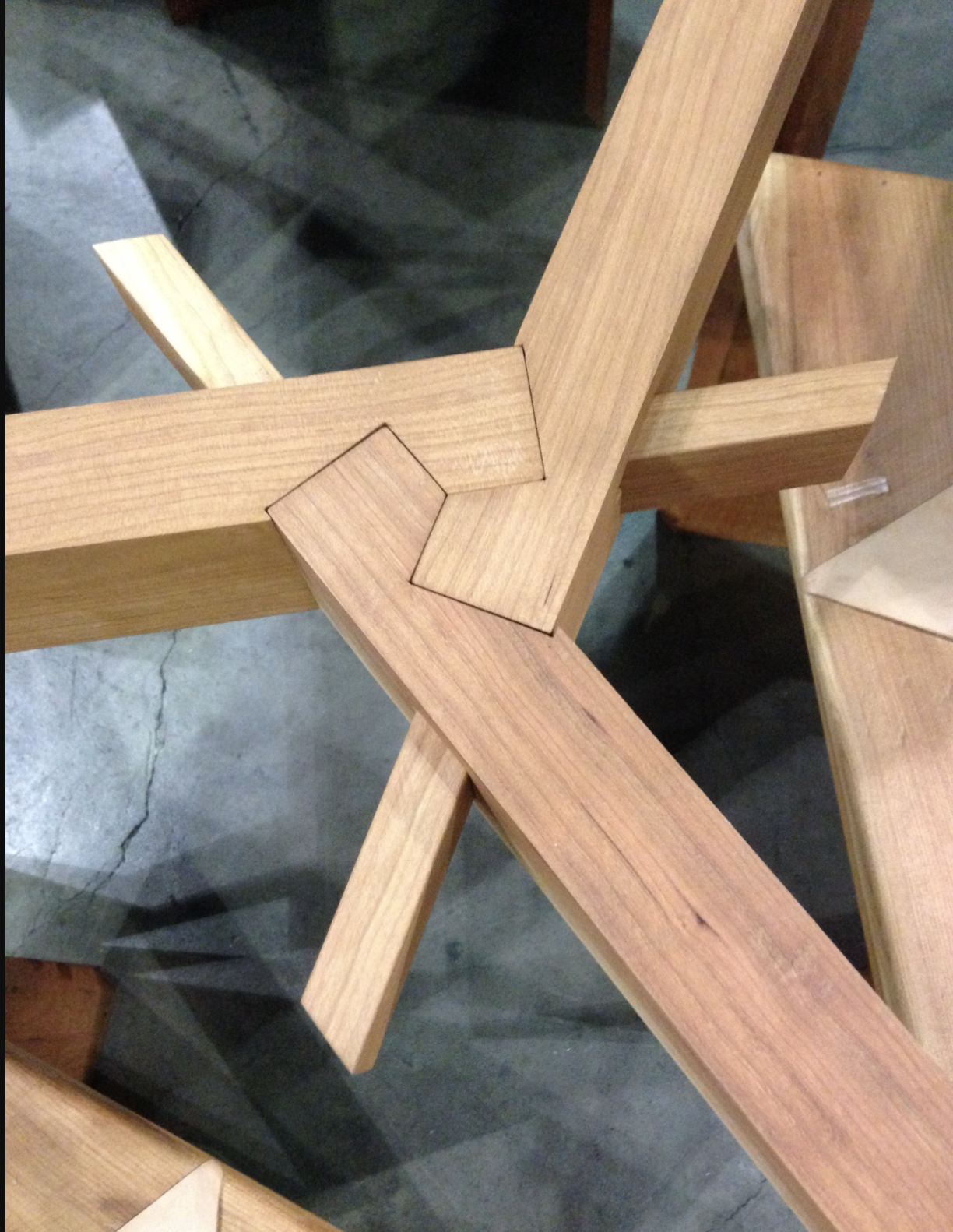
4 Comments. Leave new
Your exploration into Miyadaiku and its application in woodworking is fascinating. The intricate yet simple nature of this ancient Japanese carpentry method, with its reliance on precise geometric features and the absence of fasteners, adds a unique puzzle-like quality to the structures. Your decision to apply this technique using repurposed wood aligns seamlessly with the upcycling concept, presenting an exciting challenge to your manufacturing skills. Whether opting for recycled cardboard or reclaimed wood, your plan to create a small sculpture with contrasting wood grains sounds visually appealing. Your awareness of potential challenges, such as woodworking skills and sourcing reclaimed wood, demonstrates a thoughtful approach to the project. Best of luck, and I look forward to seeing the final result!
Hi Nick, thank you for reading my post and the kind words!
Hi max I liked reading your blog post about wood. The blog post effectively introduces the intriguing art of Miyadaiku carpentry and communicates the author’s enthusiasm for testing manufacturing skills through an upcycling project. However, it would benefit from a more detailed plan, including specific design ideas and a step-by-step process for either the wood or cardboard version. Additionally, addressing the concerns in a more structured manner and proposing potential solutions would enhance the post’s practicality and demonstrate foresight in overcoming challenges. Lastly, working with wood can be very difficult especially if it is very small.
Hi Jarod, thank you for reading my post and for the constructive comments. I get what you are saying about having more information but this post was more about the aesthetic not the practicality. That being said I am curious about how working with wood will be and I am excited for the challenge.